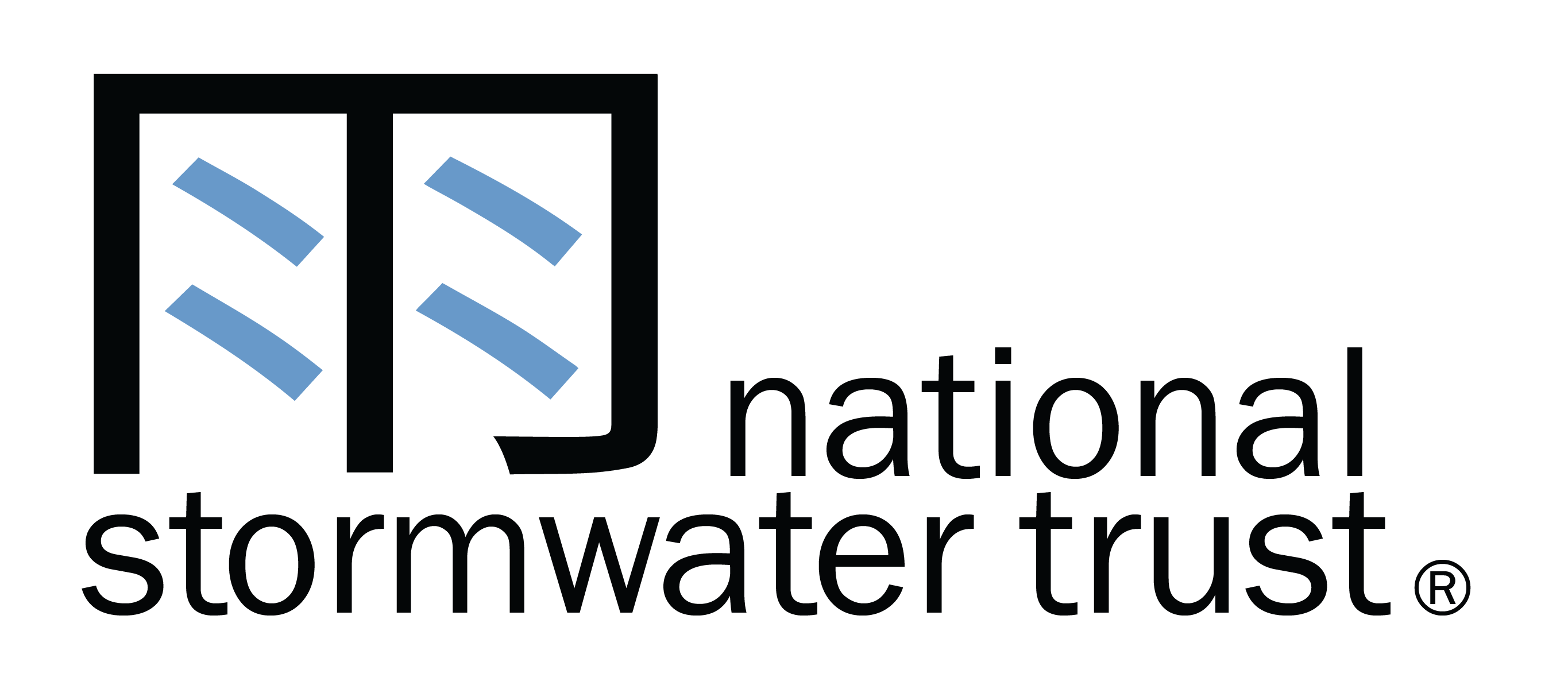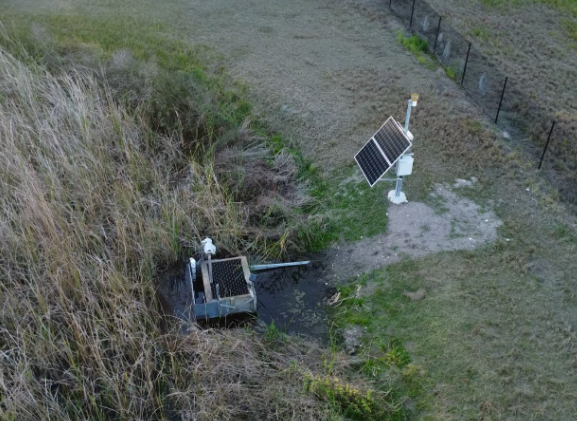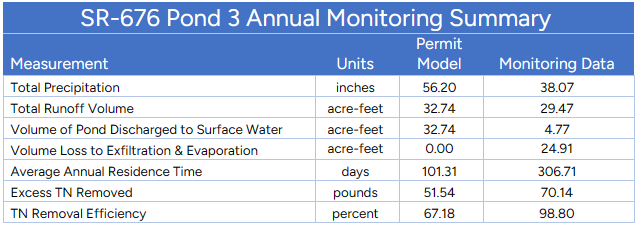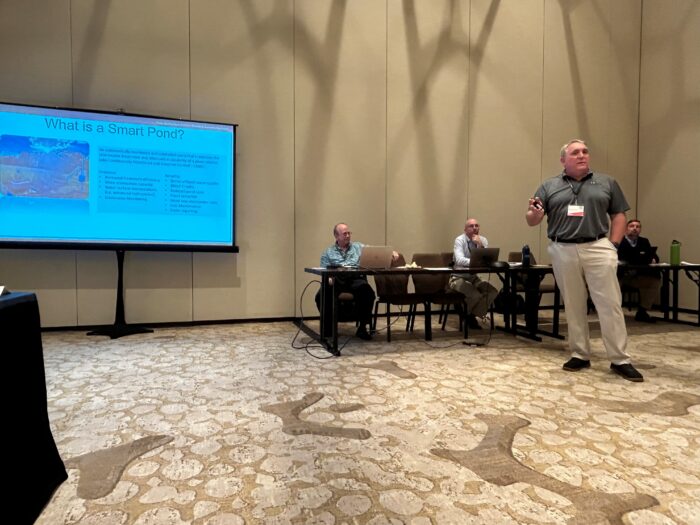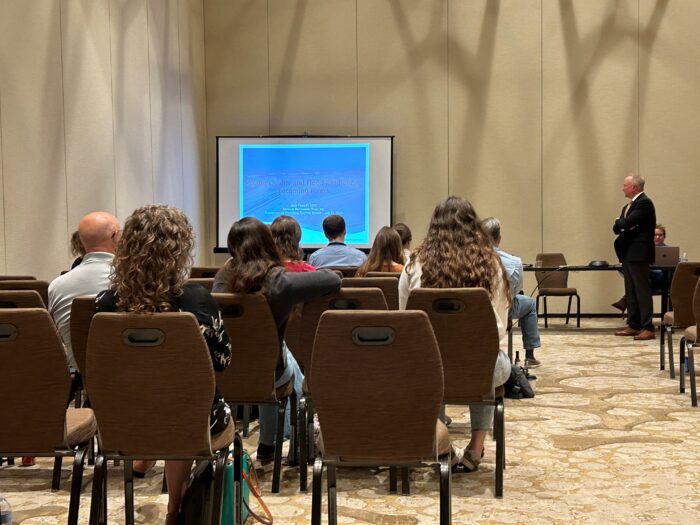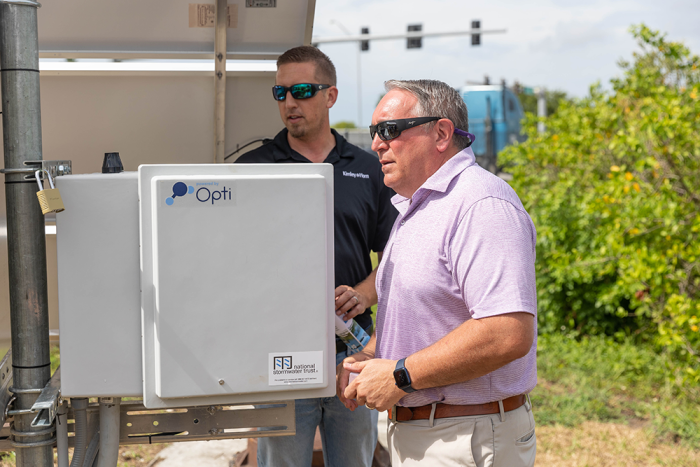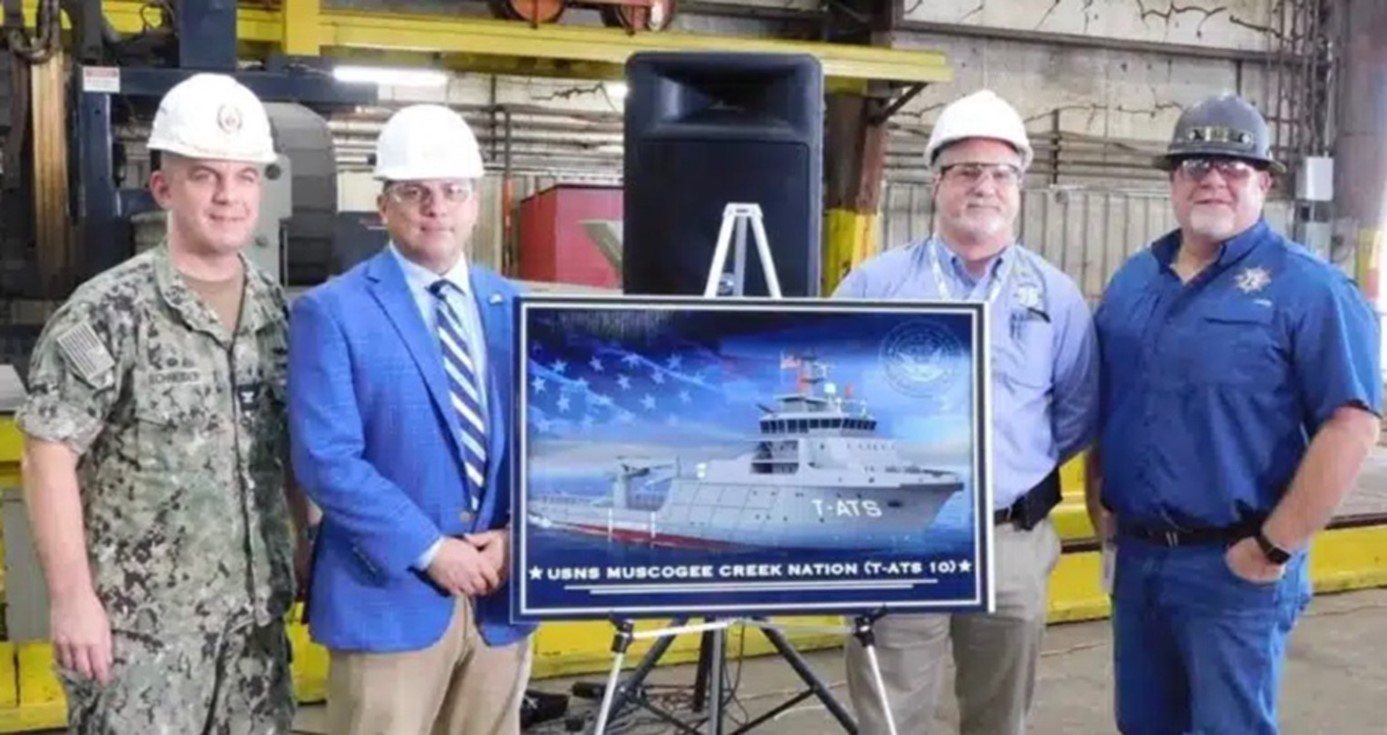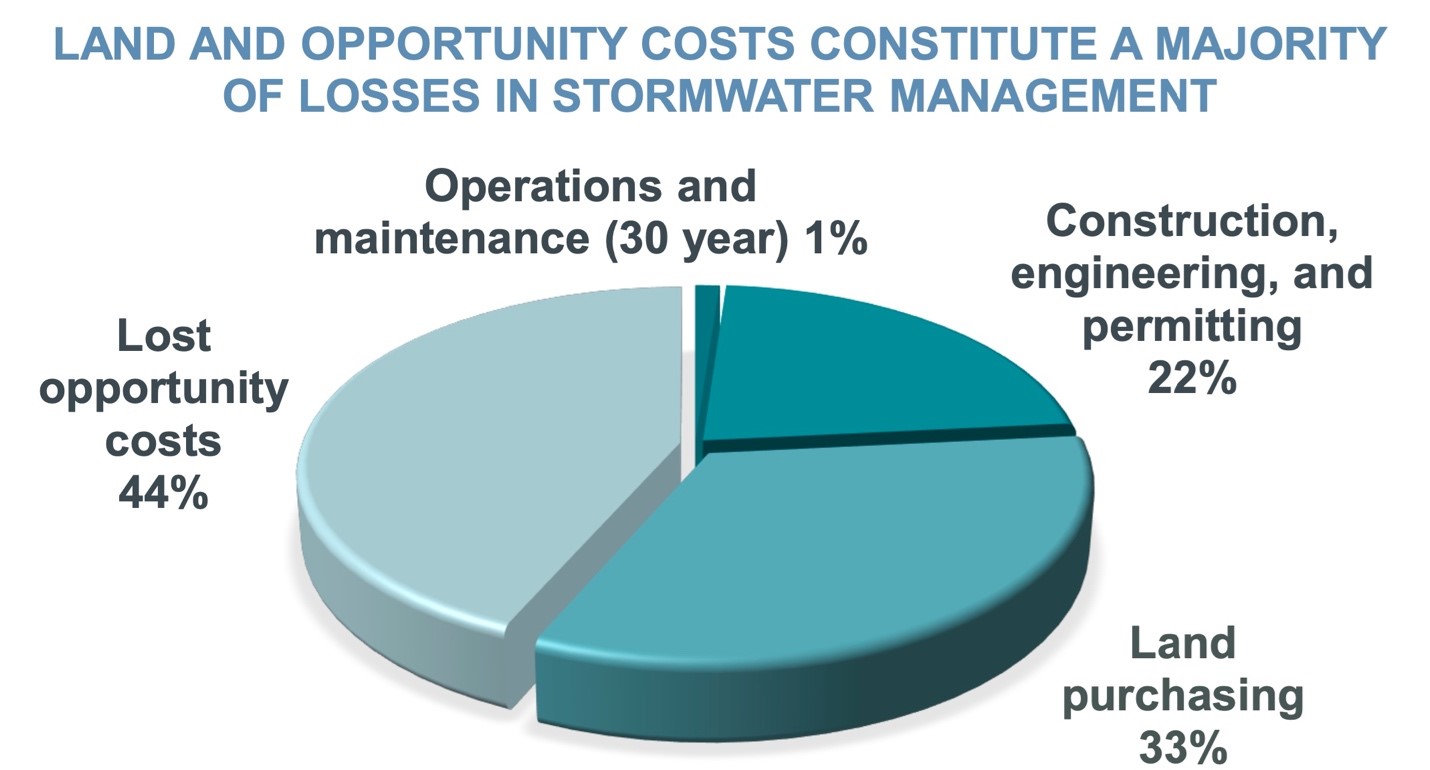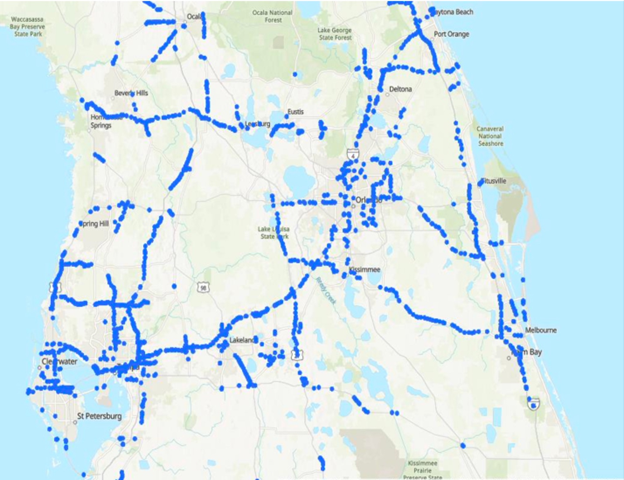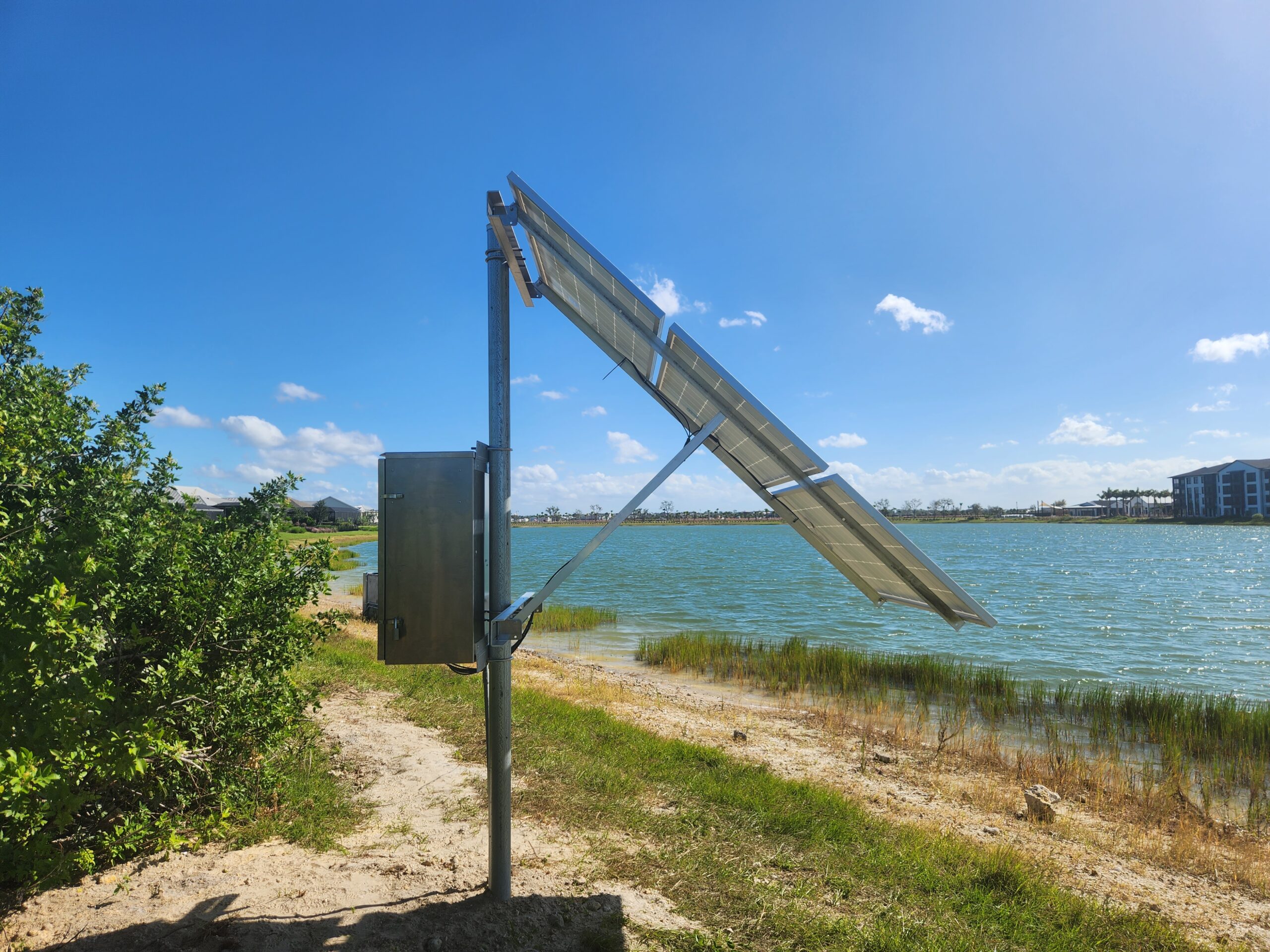
By: Mark Thomasson, P.E., Chief Stormwater Engineer
We’re often asked about how to maximize design flexibility using Stormwater Nutrient Credits (SNCs) to meet system requirements for stormwater management facilities that control both water quantity and water quality.
We recognize that land and opportunity costs constitute a majority of losses in stormwater management, and that’s why more and more civil engineers are turning to off-site stormwater treatment alternatives to optimize their designs.
To maximize design flexibility for its customers, National Stormwater Trust (NST) created the SNC market to enable public and private developers to meet a portion of their stormwater treatment requirements by purchasing credits generated in an off-site Regional Stormwater Management Systems (RSMS).
In a typical 10-acre commercial development in Orange County, the gross land cost is about $7.5 million. The cost of a conventional wet pond is about $0.5 million, including construction and the present value of 30 years of maintenance costs. The opportunity cost of the 1.2 acres occupied by the wet pond is about $0.9 million. (NOTE: The average cost of commercial real estate in Orange County is about $750,000 per acre.)
How can SNCs be applied to this scenario to benefit the development? In this example, the required water quality treatment is 0.83 ac-ft for 1” of treatment over the 10-acre site. This quantity of treatment (0.83 ac-ft or the equivalent treatment converted into pounds or kilograms of nitrogen per year) can be provided in a permitted RSMS in the same watershed. The purchase and transfer of SNCs from a regional facility to the development can result in significant cost savings to the development, while providing an equivalent amount of water quality treatment in a regional facility that is professionally maintained. In this example, the cost of the SNC would be about $625,000, and the savings to the developer would be about $800,000 (eliminating direct costs and lost land value).
Here’s how the permitting works: To use an SNC, you must secure a reservation in a permitted regional facility with available credits and provide evidence of the availability of the credit to your permit reviewer. The more convenient way to do that is to request a Credit Reservation Letter from NST. In that letter, NST will outline the quantity reserved (in acre-feet or pounds/year), and the permitted facility where the SNC is being generated. This documentation provides reasonable assurance to your permit reviewer and simplifies your permit process. Simply put, the Reservation Letter replaces the on-site water quality treatment in your permit.
Prior to the start of construction, NST will transfer the SNC to your permit through a letter modification to its regional facility. Evidence of that permitted transfer will be provided to complete the purchase.
If this sounds similar to using a wetland mitigation credit in lieu of permittee-responsible mitigation, that’s because this program is designed to work the same way. It’s a one-time purchase, and the stormwater treatment requirement is transferred from your development to an NST-operated regional treatment facility.
NST will proactively manage the collection, storage, and discharge of stormwater in its facilities. NST-managed stormwater facilities use Continuously Monitored and Adaptive Control (CMAC) technology to improve treatment performance and reduce flooding by controlling water levels and increasing the storage capacity of the facilities by drawing down water levels prior to forecasted rainfall. NST’s Smart Ponds are about 50 percent more effective in treating stormwater than conventional facilities and enable verification of water treatment performance in real time.
NST Has Access to 2,600+ FDOT Stormwater Ponds
Through an agreement with the Florida Department of Transportation, NST converts conventional FDOT stormwater ponds into regional Smart Ponds that generate Florida government-approved SNCs.
NST offers its SNC customers the one-stop convenience of long-term stormwater compliance and the knowledge that NST is providing state-of-the-art stormwater technology and scientific and financial resources to provide green infrastructure solutions to Florida.
